When it comes to grooming dogs there are several things to take into consideration. Just like people, dogs are unique.
In this article we’ll look at the basic dog grooming tasks. First we need to determine what the grooming needs are for your dog with regards to bathing, haircuts, nails, ears and gland expression.
Once you know these needs you will be able to build grooming schedule that works for you and your pet.
Bathing and Haircuts
As we said, dogs are unique and their coats can vary even within breeds. Here are the most common types of coats. These will give you the basics of what your dog needs for bathing and haircuts.
Short Hair
It may seem obvious but short-haired dogs have fewer grooming needs that long-haired dogs. Short-haired dogs do not need to have their hair cut. The only exception may be if there is a medical need such as a surgical procedure.
Short-haired dogs only need occasional baths but should still be brushed regularly. Dogs with oilier skin types should get a bath in a tub about every 4 to 6 weeks, otherwise they can go about every 6 to 12 weeks between baths.
Regular brushing will remove debris, distribute oils and keep your dog’s skin and coat healthy.While your short-haired dogs are shedding, run a rubber brush or curry-type brush over their coat.
Example breeds: Boxer, Dachshund, Dalmatian, Great Dane, Greyhound, Miniature Pinscher, Weimaraner
Short Hair & Double Coat
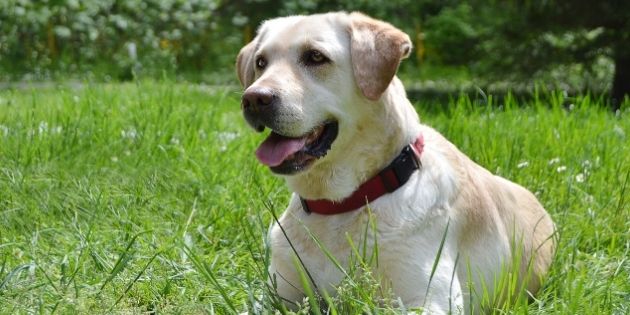
Short-haired dogs with a double coat typically shed seasonally. Grooming them about 4 times per year will help pull out the dead undercoat and will allow your dog’s skin to breathe without losing the function of insulation. This will also leave your floors a bit less hairy.
Example breeds: Beagles, Labrador Retriever, German Shepherd
Long Hair
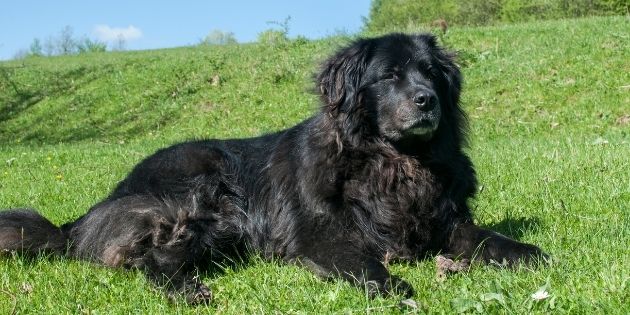
If you want to keep your dog’s coat longer then it will require frequent brushing. Most groomers will tell you that a good comb is the most effective way to groom a long-haired dog because it’s the best way to work out tangles. To maintain a longer coat, plan on brushing or combing twice a day.
Long-haired dogs need a bath every 4 to 6 weeks along with a haircut every 8 to 12 weeks. The more you brush your dog at home, the longer you can wait between visits to your groomer.
Example breeds: Akita, Husky, Australian Shepherd, Great Pyrenees, Newfoundland, Golden Retriever, Miniature Schnauzer, Havanese, Pomeranian
Silky Hair
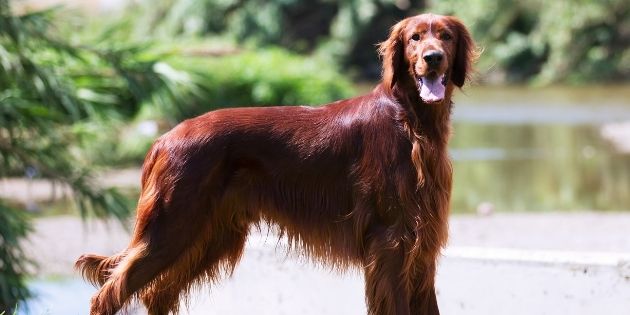
Silky-haired dogs have a single coat that grows continuously. Haircuts should be done about every 4 to 8 weeks depending on how long you want to keep your dog’s coat.
Silky-haired dogs also benefit from daily brushing and combing. These dogs tend to have very little to no undercoat and oilier skin so they do need to be bathed more frequently.
Example breeds: Yorkshire terrier, Afghan Hound, Irish Setter, Silky Terrier
Curly or Wavy Hair
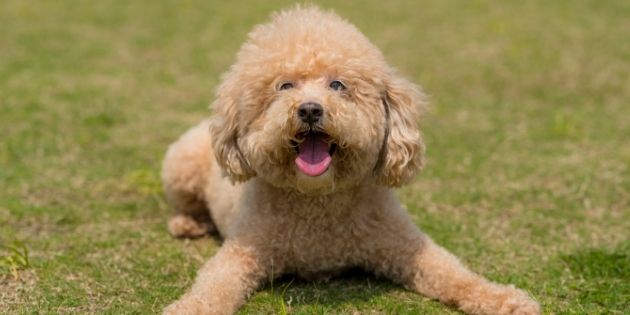
These dogs are what we consider to be “high maintenance” from a grooming standpoint. They require more attention than others. Daily brushing is a must and you should visit the groomer every 3 to 4 weeks for a bath and 6 to 8 weeks for haircuts.
Example breeds: Portuguese Water Dogs, Airedale Terriers, Poodles
Nails
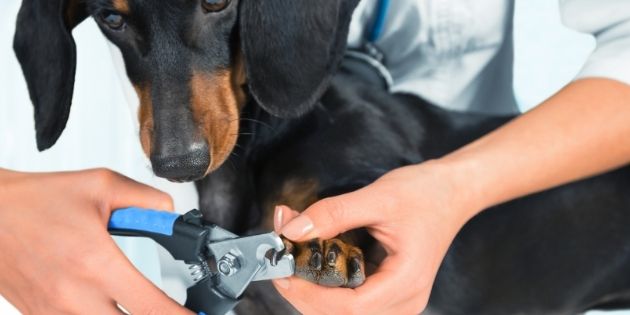
Nail trimming is an essential grooming task for your dog. Overgrown nails can negatively impact your dog’s quality of life.
Nails that are too long can cause a dog to sit or stand in unnatural positions as well as force a dog to frequently shift it’s weight. Both of these reactions can lead to poor posture and spinal issues.
If your dog’s nails are touching the ground (you hear them clicking on hard surfaces), then it’s time to get trim those nails.
It’s recommended that you trim your dog’s nails about every 2 weeks to keep them at the ideal length.
Ears
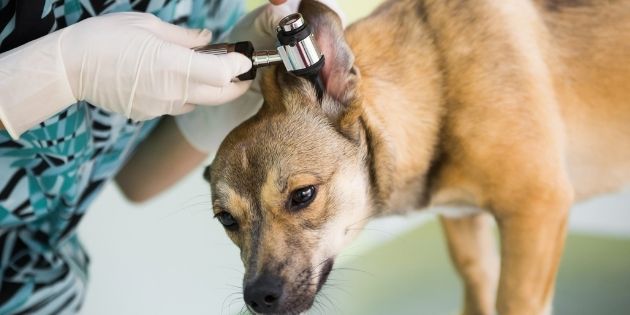
Keeping your dog’s ears clean is an important part of the grooming routine. Cleaming your dog’s ears can be difficult if your dog isn’t used to the process or if you aren’t comfortable working on their ears.
How often your dog’s ears need cleaning is really dependent on your dog. Some dogs naturally have very healthy, clean ears and will need infrequent cleaning. Others will need regular care. Breeds with longer hanging ears are generally at higher risk for infections but all dogs are susceptible to issues with their ears. Be careful not to clean your dog’s ears too often. Over-cleaning can actually lead to irritation and infection.
Learn what a healthy, clean ear looks like and smells like. Clean ears should look pink, clean and not red and irritated. The ears should be odorless. If they smell yeasty or stink in any way then it’s time to clean the ears or get them checked by your groomer or vet.
Gland Expression
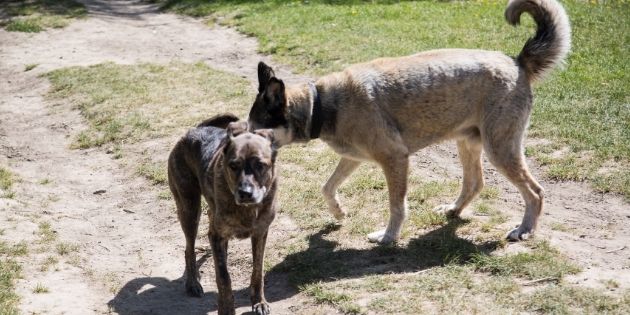
Anal glands serve an important function for your dog and their social interactions. This is why we see dogs sniffing each other’s rear ends. Dogs express their anal glands and release an oily substance that reveal their hormonal status. They also express their glands to mark their territory.
Anal glands can become impacted and be very painful for your dog. These glands can become impacted due to environmental sensitivities, food alergies, abnormal horomone levels, bacteria, or chronic skin infections.
How to notice when your dog has impacted anal glands:
- Scooting their rear end on the carpet
- Signs of painful pooping, like straining or whining
- Blood and/or pus either in their poop
- Extreme licking or being protective of their anal area
- An unpleasant and ongoing fishy smell coming from your dog
- Swelling in the gland area
Normal bowel movements are generally all that’s needed to express the anal glands. Most groomers will include gland expression as a part of their traditional services. Be sure to ask and make sure that the gland expression is included. If not, it’s definitely worth the extra cost to be sure your dog stays healthy.
Other Things to Consider
Environment
While knowing your breed will give you an idea of how often your dog needs grooming, their environment will have an impact. If your dog spends a lot of time outside they will like need to groomed more often than a dog that spends most days inside.
When our dogs are outside they are often rolling around in the grass and dirt. If they get dirty and stink, clean them up.
Skin Conditions and Allergies
You may need to adjust your grooming schedule if your dog has an allery that affects their skin and or coat. Some allergies will require more frequent grooming and others allergies may be agrivated by too frequent grooming.
Talk to your vet and groomer to come up with a schedule that makes sense for your dog.
Budget
Frequent grooming can be expensive. While professional grooming is often a necessity for many breeds, you can reduce the number of times you need to pay for grooming throughout the year. The more diligent you are with the brushing and care for your dog, the less frequently they will need to be groomed. Learning skills like nail trimming and how to check your dog’s ears may also help reduce the grooming costs for your dog.
Let us help
If you have questions about the grooming of your pet, get in touch with our professional staff. We are happy to provide grooming recommendations and answer questions about your dog.
Email us at info@thedognest.com or give us a call at 262-202-8202.

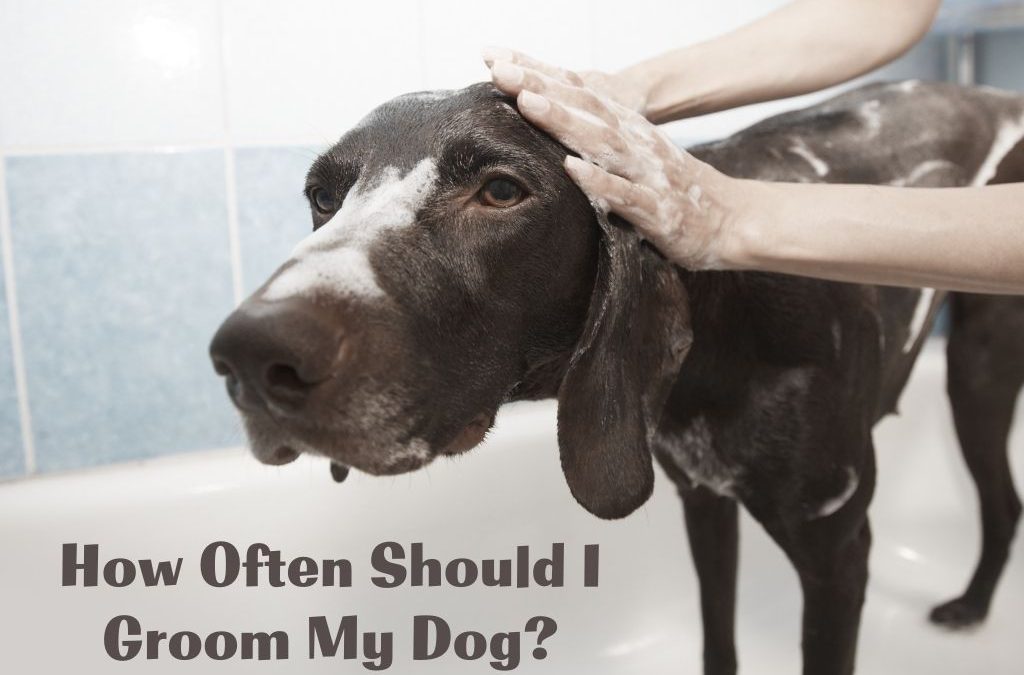
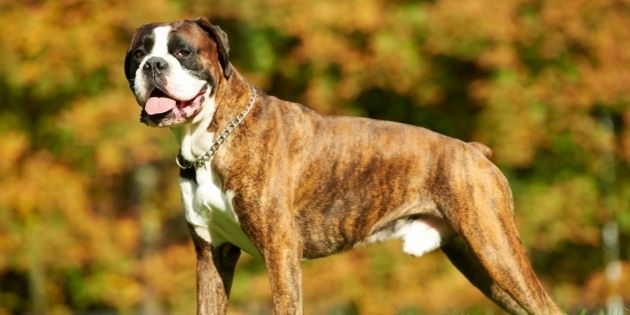
I appreciate the advice about cleaning your dog’s ears. I just got a dog and would like to take him to a groomer for a fresh haircut and an ear cleaning. I should consult a groomer in my area who can help me decide the best routine for my pup.